Graham Reid | | 2 min read
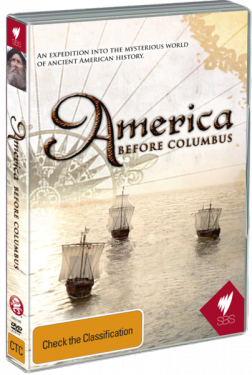
For clarification this interesting two part doco series should more correctly be titled "The Americas Before Columbus" as it's broad sweep looks at civilisations in what we now call South and Central America as much as those in "America".
And although it inevitably relies on CGI in places to illustrate lost cities and civilisations, the overview it offers in the year before Columbus sailed from Seville in Portugal sets up a comparative study of two worlds, Europe with its large cities, domesticated animals, polluted rivers and intensive farming with the "New World" which was bereft of useful mammals (the buffalo and llama the only ones), sophisticated agriculture, clean waterways and domestication of land for crops such as the potato and corn (unknown in Europe).
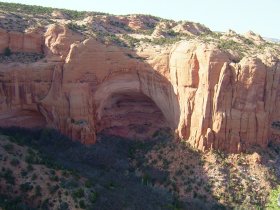
It also touches on the vanished Anasazi people in the canyons of New Mexico (left) who may have commited an act of self-destruction by ruthlesly chopping down trees for house building and firewood -- just as those of the Mohenjo-daro civilisation did in Pakistan 2000 years before the Roman Empire. And as some are doing this very day.
The few experts called on are crisp and clear in their comments (North America far from the untouched Eden of myth says one, Plains Indians cleared land by burn offs, corn had been bred into usefulness over many generations), and the small re-enactments are free of the faux-drama so often seen in such docos.
Certainly there are some panoramic sweeps over breathtaking landscapes (and the music to accompany) but mostly this is informative and sets out the situation of these two worlds in that year before Columbus' journey changed everything.
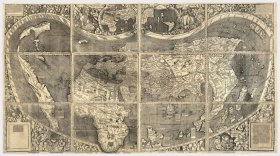 After that it was a kind of unintended biological warfare in which introduced species wiped out the indigenous forms, cattle took over from buffalo, peoples were decimated (at best, many simply wiped out) by introduced diseases, potatoes were taken back to Europe and a whole new world was created in a remarkably short time.
After that it was a kind of unintended biological warfare in which introduced species wiped out the indigenous forms, cattle took over from buffalo, peoples were decimated (at best, many simply wiped out) by introduced diseases, potatoes were taken back to Europe and a whole new world was created in a remarkably short time.
Indeed we must constantly remind ourselves that where great cities such as New York, Los Angeles and Rio de Janiero are today was once a natural landscape, and that was only 500 years ago.
While this 100 minute two-parter looks aimed at a thinking television audience (it was made for SBS and the National Geographic Channel), it is bound to be of interest to armchair historians, senior high school students . . . and families which just want to immerse themselves in a couple of hours of fascinating footage, memorable facts and the cultures of Europe and the America unwittingly placed on a collision course because the trade routes of Europe to the Orient had fallen into the hands of the Turkish Empire .
Trade-dependant monarchies like that of Queen Isabella of Spain were looking for new routes. Up stepped the Italian Christopher Columbus who headed west to get to the east and . . . .

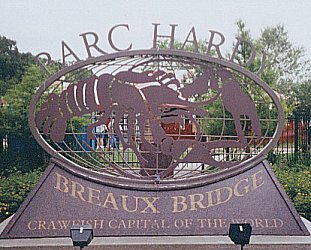
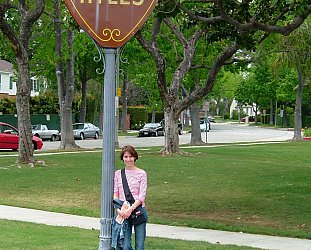
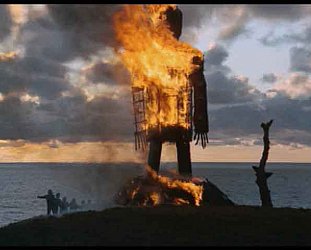

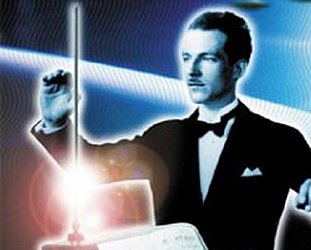
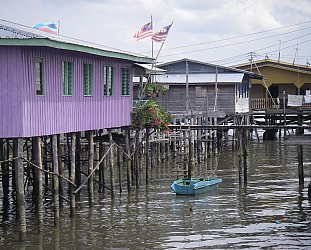
post a comment